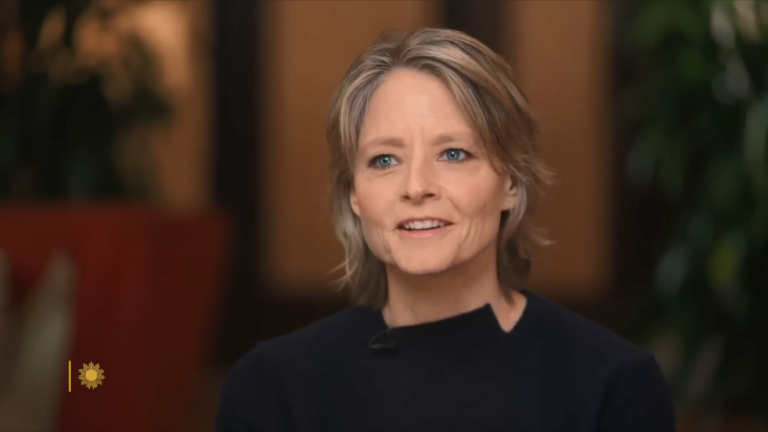Outputs vs outcomes: Why does the difference matter?
As comms teams prepare for 2022, they should measure employees’ change in knowledge and behavior
Communications professionals who base their plans on the calendar year are assessing 2021 performance to inform their 2022 objectives and strategies.
Now is the time to analyze metrics to gauge results from all those messaging efforts, which kept everyone informed and engaged as the pandemic wore on. But what metrics really matter? We spoke with Katrina Gill, a Ragan Consulting Group affiliate and founder of Gill Research, to find out.
1. Are there good metrics and bad metrics? What numbers are important?
A lot of companies rely on output data, such as the number of email opens or click-throughs, to judge the effectiveness of communications efforts and decide what to do next. But that’s only part of the picture. Indeed, employees might click on an email and not read any of it; or, you might have a high open rate but very few click-throughs, without knowing why they didn’t show interest in the content.
“You also need outcome data, which measures the next layer, which is if they are learning anything, is there a change in knowledge, if they’re understanding it, and whether they’re doing anything about it in relation to their job,” Gill says. “You can measure clicks but it won’t tell you if they read or understood it and are doing something differently, and that’s the important information.”
2. How do comms teams find out if an initiative changed an employee’s behavior?
To measure outcome data, you must to survey and talk to employees. Usually, you’ll see a big drop off between email open rates and click-throughs and the change in behavior you’re actually seeking – whether that’s fewer safety violations or a new approach to selling.
“Most have read or seen something, but their level of understanding may not be as high,” Gill says. “What’s important in guiding us to next year is being really clear with what we want employees to do with the information. Measuring these outcomes like change in knowledge, level of understanding and change in behavior will allow us to know how effective our communications are and where there may be gaps that we, as communicators, need to fill in.”
3. Let’s take a brand refresh. How do we know if employees are paying attention?
A financial services company was concerned about the negative implications of weak brand awareness. The marketing team created a new tag line to better communicate the company’s value proposition. They also created “brand pillars” related to customer service, which they shared with employees via virtual meetings and digital content.
“We did an employee survey and focus groups that talked about the new brand,” Gill says. “We asked questions about what they understood, how they were learning about it, how the new brand initiative might affect what they do in their job. It meant different things for someone in the customer service call center versus someone more behind the scenes.”
4. How has the research informed communications planning?
The comms team has been measuring employee understanding on an ongoing basis to see where the brand refresh isn’t resonating; they’ve adjusted the roll out accordingly.
The iterative approach and ongoing contact with internal teams has had a positive impact, helping individuals understand how the brand refresh—the aim of which is to retain and attract customers—affects them and their careers.
“This company really took the time to make it real for employees, and in the end, it is more successful,” Gill says. “We were just hired to do more focus groups to find out, six months later, how is it going?”
RCG specializes in corporate communications training, consulting and strategic counsel. Schedule a call with Tom Corfman to learn how we can help you improve your communications efforts.
Follow RCG on LinkedIn here and subscribe to our weekly newsletter here.







